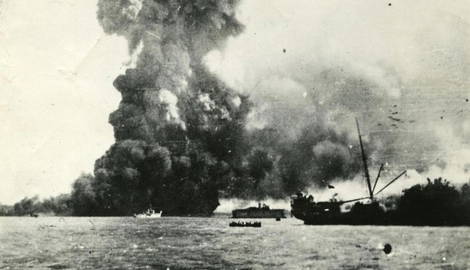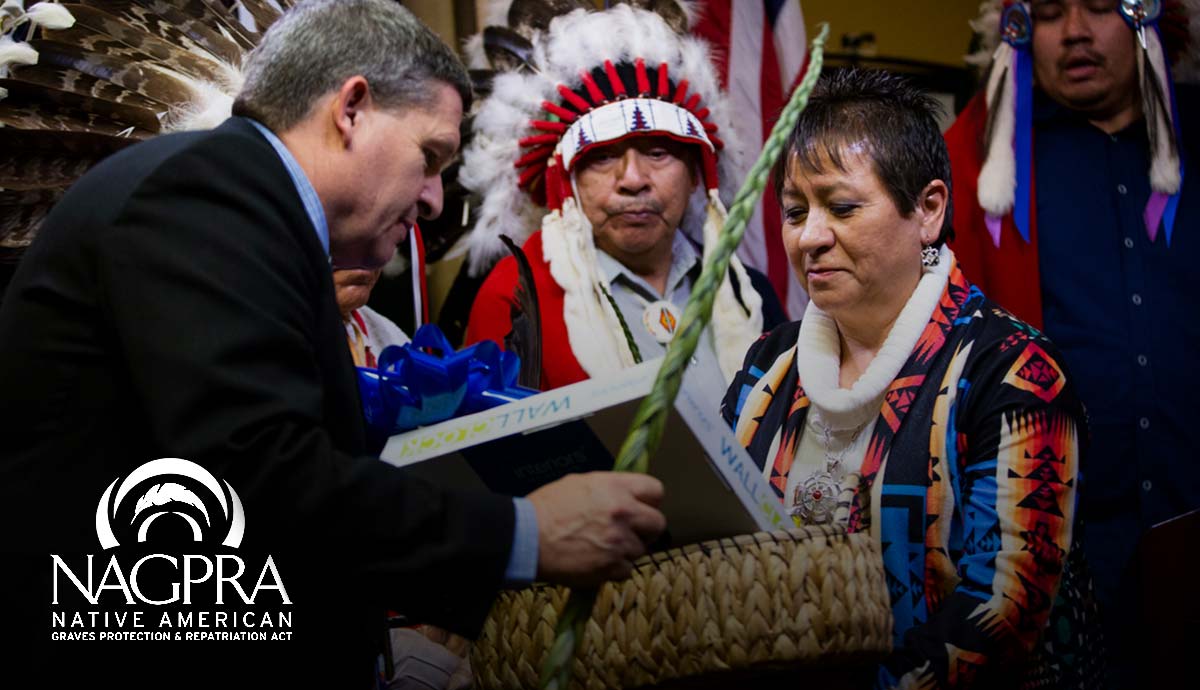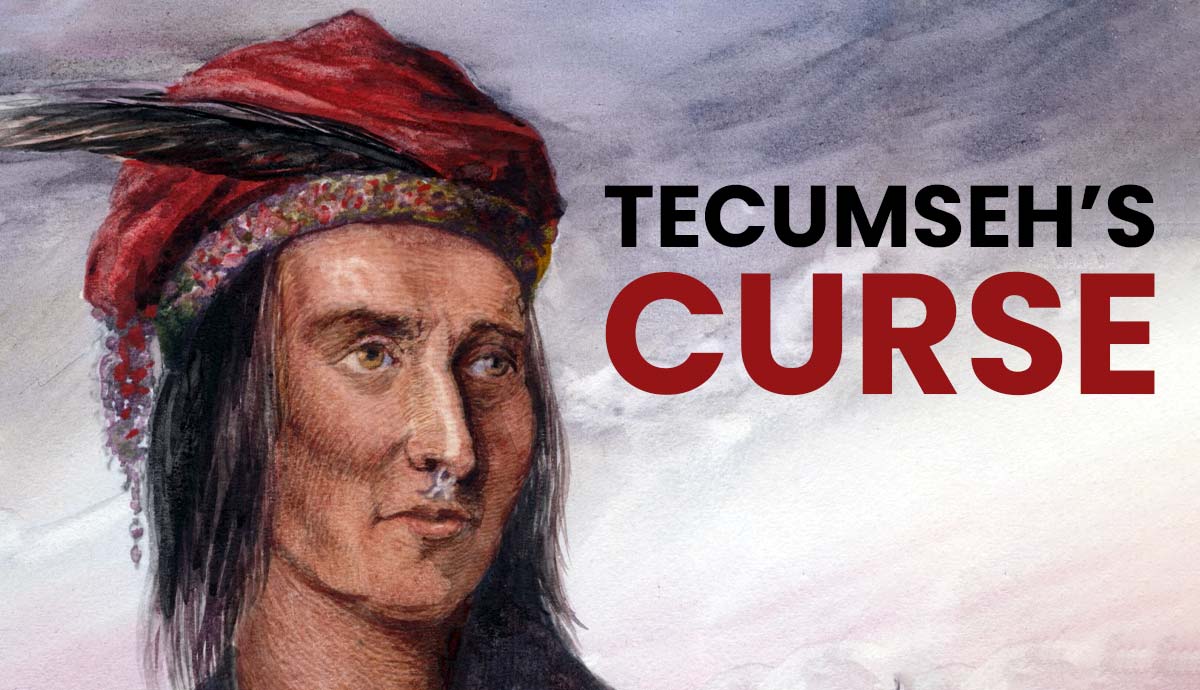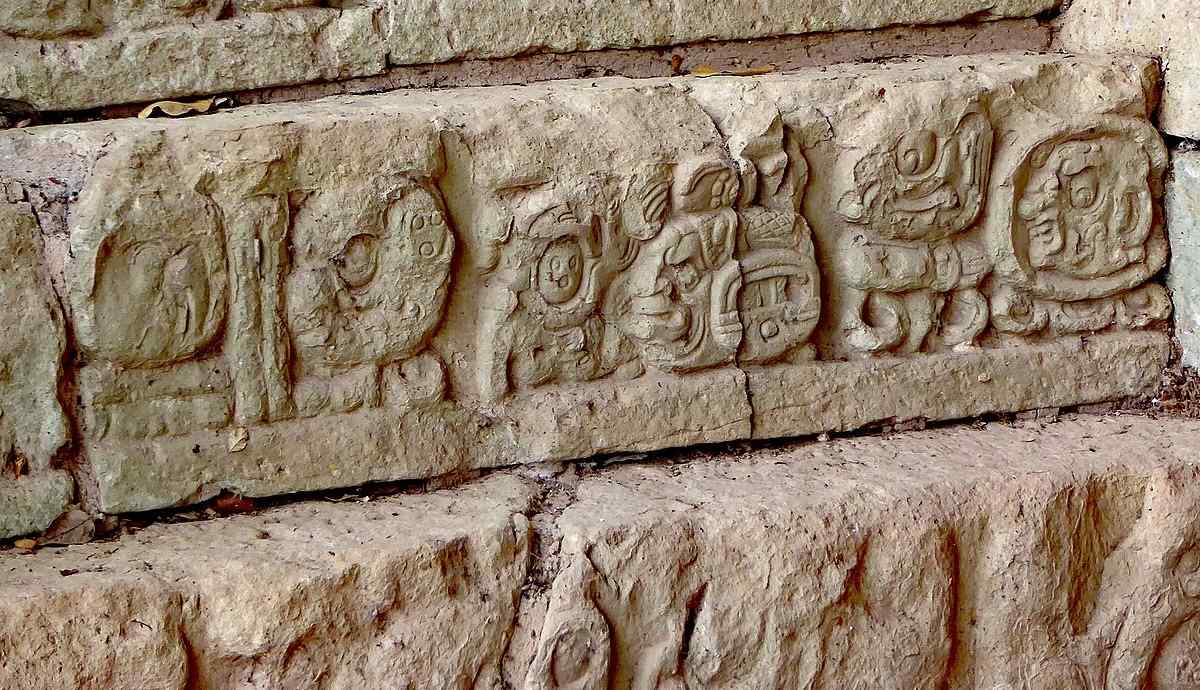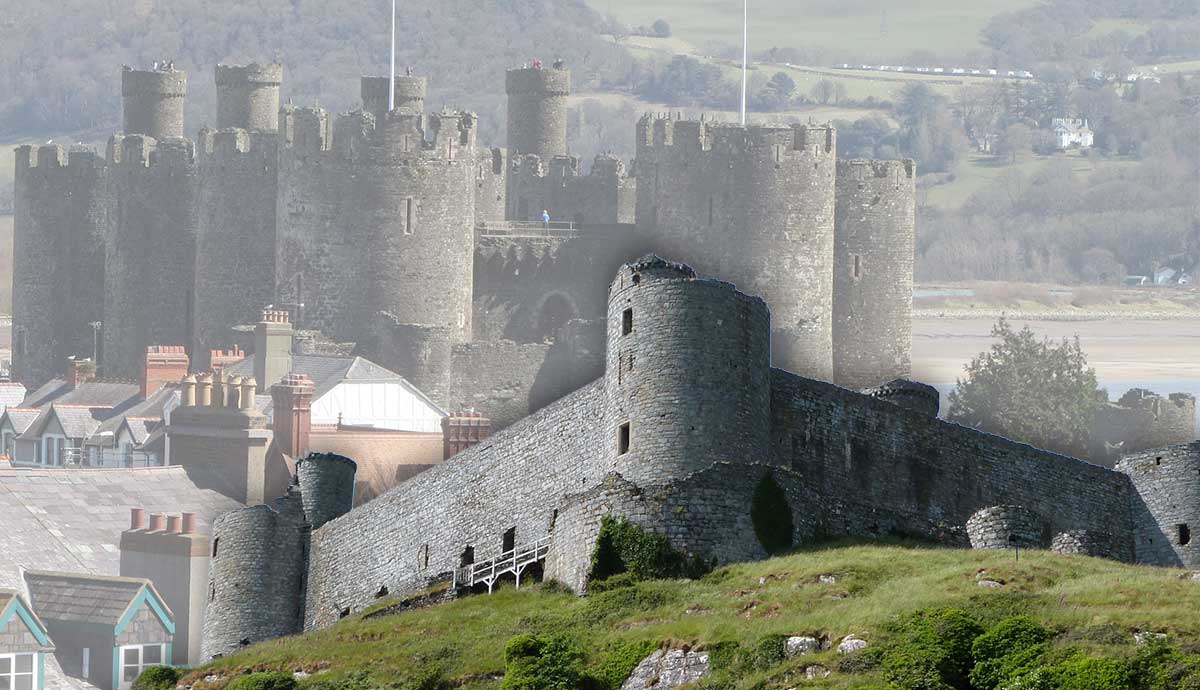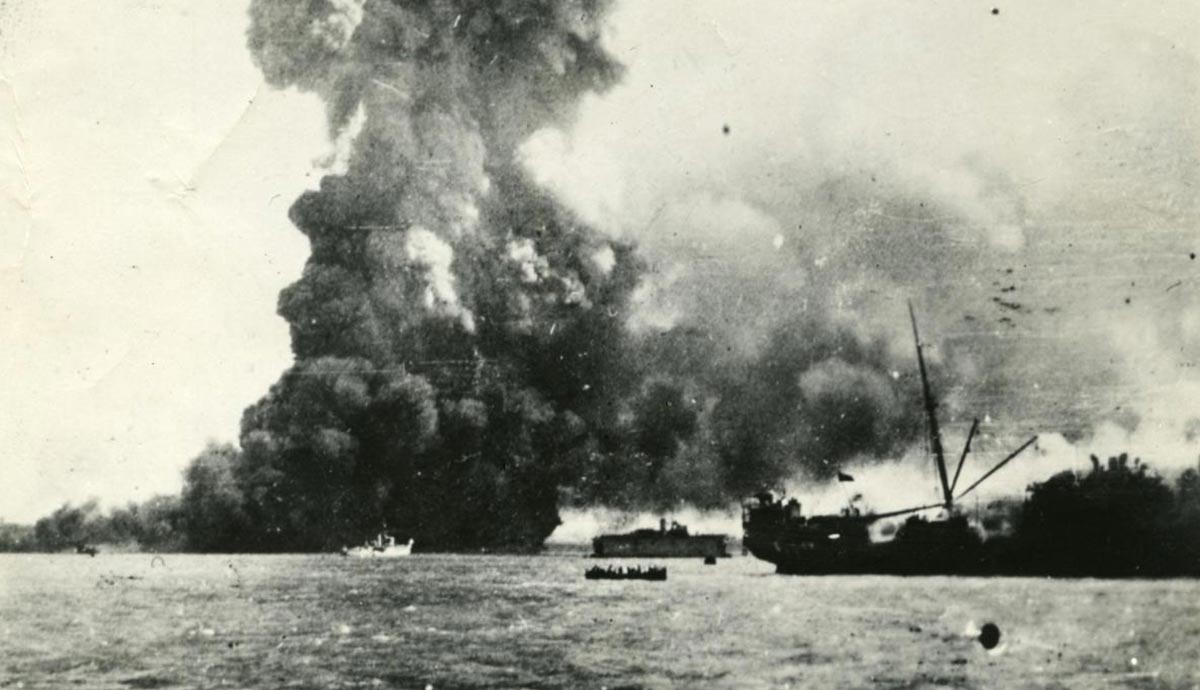
Although World War II history often focuses on the more dominant players, such as England and Germany, the contributions of Australia and its people cannot be underestimated. Nearly one million Australian men and women served in the conflict. The war even came to Australia itself, and the mainland would come under attack for the first time. One of these barrages took place in the historic town of Darwin, whose place in history would become even more cemented with its role in the viscera of war.
Note: Aboriginal and Torres Strait Islander peoples should be aware that this story may contain and provide links to images and names of deceased persons.
Establishing Darwin

The first people to live in the area that would become Darwin were the aboriginal Larrakia people. The Larrakia traditionally called the area from Cox Peninsula in the west to the Adelaide River in the East their home. The tribe interacted with other groups in the area, establishing trade routes that they used to barter with the Tiwi, Wagait, and Wulna people, along with fishermen who visited from the region near Indonesia.

In 1839, an English ship, the HMS Beagle, entered the harbor near the future town of Darwin. Lieutenant John Lort Stokes was aboard the ship and named the harbor for his former traveling companion, Charles Darwin. Though Darwin himself never visited the area, the harbor and later the town came to bear his name.

However, the first name of the town adjacent to the harbor was Palmerston, which was established in 1869. Despite the Palmerston moniker, the city port was always known as Port Darwin. The settlement was then officially renamed in 1911.
Growth & Development

Not long after its founding, Darwin began to grow rapidly. In 1871, gold was discovered near Darwin, and expansion accelerated. The Northern Territory has a deep history of gold production, and Pine Creek, the area where gold was discovered in Darwin, is one of the three main goldfields still in operation today.
Infrastructure began to rise up around the town. Government House, the home of the territory administrator, was completed in 1883. Today, it is the oldest surviving continually occupied built structure in the Northern Territory. In 1959, Darwin’s growth was such that it was granted status as a city. It was made the capital city and today remains the largest population center in the Northern Territory.
Aboriginal Relations

The Larrakia people welcomed the white settlers, providing the earliest inhabitants with food and other support. The Larrakia and other Aboriginal people were part of Darwin’s infrastructure and society throughout its growth and development. However, assimilation policies resulted in segregation, forcible movement of children from their homes, and other tactics designed to disrupt Indigenous culture. As the white population increased, Aboriginal Australians found more of their rights and land taken away from them. Children with one white parent and one Aboriginal parent were known as “half caste” and subjected to societal restrictions and shunning.

In 1910, a law known as the Northern Territory Aboriginals Act was passed. With this act, the position of Chief Protector was created, and this person was appointed the “legal guardian of every aboriginal and every half-caste child up to the age of 18 years,” illustrating the power that white society held.
Compounds, similar to the American reservation system, were created, and many Aboriginals were forcibly moved to them, where they suffered from overcrowded conditions and forced assimilation. Nevertheless, the Larrakia and other Aboriginal people persisted and remained essential contributors to Darwin’s history.

In 1939, federal Minister for the Interior John McEwen was appointed. He was shocked at the conditions in Darwin’s compounds and soon announced a “New Deal” policy in regard to Aboriginals. Though it was still assimilation-based and had a long way to go toward equality, the policy increased funding for many of the compounds and improved educational standards.
However, the outlook for McEwen’s New Deal was cut short with the arrival of World War II on Australia’s shores. Segregation persisted, and Aboriginal people were prevented from enlisting in Australia’s armed forces.
Australia in World War II

Although Australia had become a self-governing dominion in 1901, it was still considered a part of the British Empire in 1939. Though domestic affairs were largely self-governed, Britain still dictated Australia’s relations in terms of international affairs. As a result, when the United Kingdom declared war on Nazi Germany in the autumn of 1939, Australia followed suit.
As a member of the Allied forces, Australia also declared war on Italy and Japan. Close to one million Australians, both men and women, fought in Europe and North Africa. Thirty-nine thousand Australians died in the war, with another 30,000 taken prisoner. Darwin’s military presence was enlarged during the war, with airfields developed and other infrastructure created to support the war effort. It became a launch point for the deployment of forces to the Pacific.

World War II was the first time war had come to the Australian mainland and included air raids and sea attacks from Japan. Australia’s proximity to the Japanese Empire caused some trepidation about possible attacks from the moment the war began. That fear would be realized just two months after the US suffered attacks at Pearl Harbor.
Horror By Air

Just before 10 AM on February 19, 1942, Australia’s first wartime attack occurred when Japanese planes executed two consecutive attacks over Darwin and its harbor. Two hundred sixty Japanese aircraft, launched from carriers in the ocean, were involved in the attack. The first attack lasted about 40 minutes, and the second attack, which started an hour later, was about 25 minutes in length.
Just over 250 people were killed in the direct attack, which targeted not only Darwin’s military and government buildings but also ships and planes. Around 400 people were injured in addition to those who died, 23 aircraft were lost, and eight ships were destroyed. The attack aimed to put a dent in Australia’s military capabilities, in addition to stopping the flow of Allied supplies and traffic moving through the area. This was temporarily successful, as many survivors quickly moved out of the area, though just for a short period. Most of Darwin’s infrastructure was completely destroyed, with only a few buildings surviving.

The Japanese lost four planes in the attack, including one that crash-landed on a nearby island. The pilot survived and was taken prisoner by an Aboriginal man, Matthias Ulungura, becoming the first World War II prisoner of war taken on Aussie soil. Ulungura, a member of the Tiwi tribe, was honored with a commemorative statue in 2016.
More to Come?

The immediate worry in Darwin was that the attack was a precursor to a land invasion of the city by the Japanese. About half of the civilian population fled immediately, and the city became rife with looting and confusion. However, this was not Japan’s intention, as they were instead looking to invade Timor, northwest of Australia.
The disruption in Darwin would not only damage the military operations in the area but also prevent a timely Allied response to Timor’s invasion. Still, Japan would go on to hit Darwin and other Australian locations with air raids multiple times over the next year. After 64 raids of varying sizes, the final Japanese attack on Darwin took place on November 12, 1943. Thanks to the rebuilding efforts undertaken in Darwin, none of these attacks would be as devastating as the initial onslaught, which became known as “Australia’s Pearl Harbor.”
Rebuilding

Although the initial response by many was to flee, others stood fast. Within a few months of the initial attack, Darwin had initialized rebuilding, and was well on its way to creating a stronger defense than ever. Coordinated response efforts were planned and implemented using tools such as radar and searchlights.
Additional troops, anti-aircraft guns, and new fighter planes were sent to Darwin in the months following the attack, with several new airfields constructed to house the new additions. Furthermore, the attack on Darwin encouraged the country as a whole to bolster its defenses, altering Australia’s war strategy and forcing it to focus more on home defense measures and strengthening its military.

With the help of Allied partners, notably the United States and the Netherlands, counterstrikes against the enemy began to develop and were deployed in future attacks. While Japan was able to invade Timor the day after the first bombing in Darwin and successfully took it on February 23rd, by the end of the year, they were losing ground and being pushed back from the areas they had taken in this region.
Haunting Memories

The tragic recollections of the city’s World War II experiences are still memorialized in modern Darwin. Memorials celebrating those who were killed or showed heroics in the attack can be found around the city and the surrounding areas.
The Darwin Cenotaph, located where the first shots were fired in defense of Darwin by the 14th Anti-Aircraft Battery during the initial attack, is considered the center point of commemoration for those who suffered and died in the bombing. It bears the names of all Australian servicemen and women from the Northern Territory who sacrificed their lives for their city and country. At 9:58 AM on February 19 every year, Darwin’s air raid siren sounds in continued remembrance of the tragedy that befell its people in 1942.
